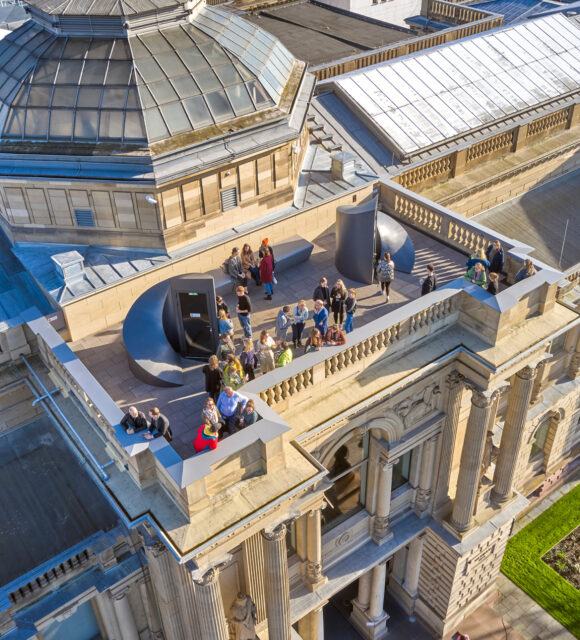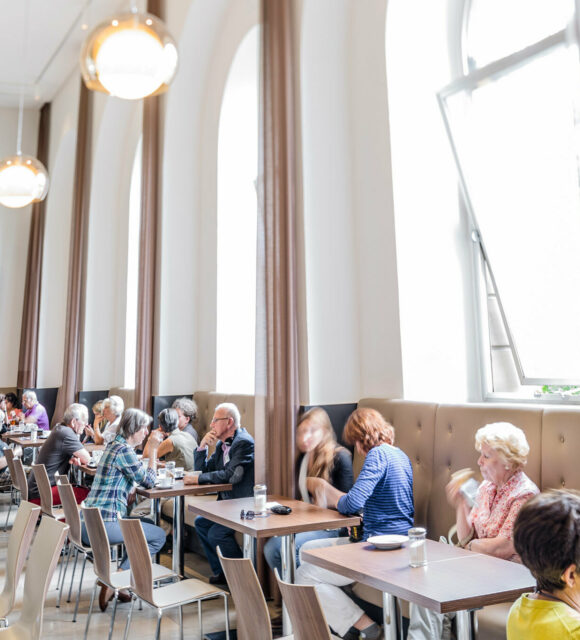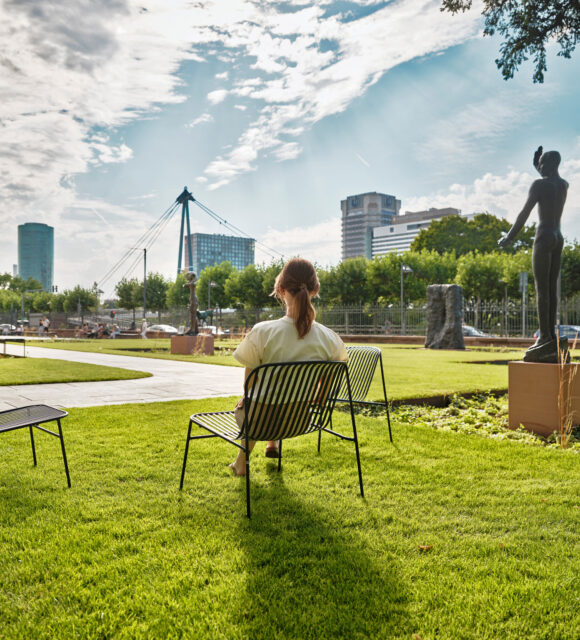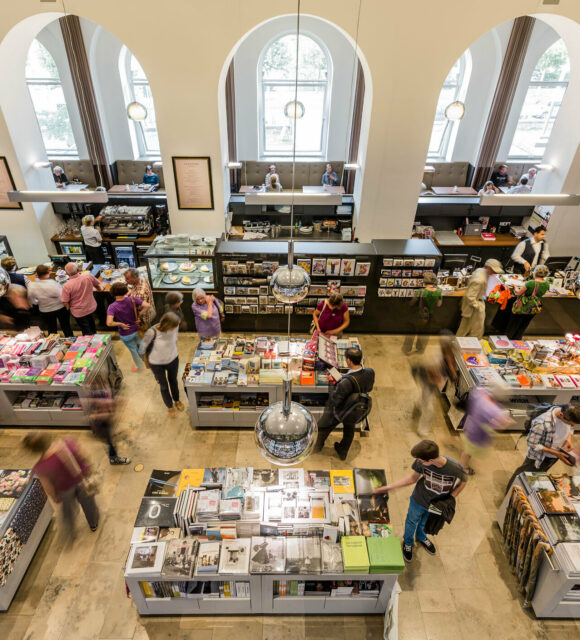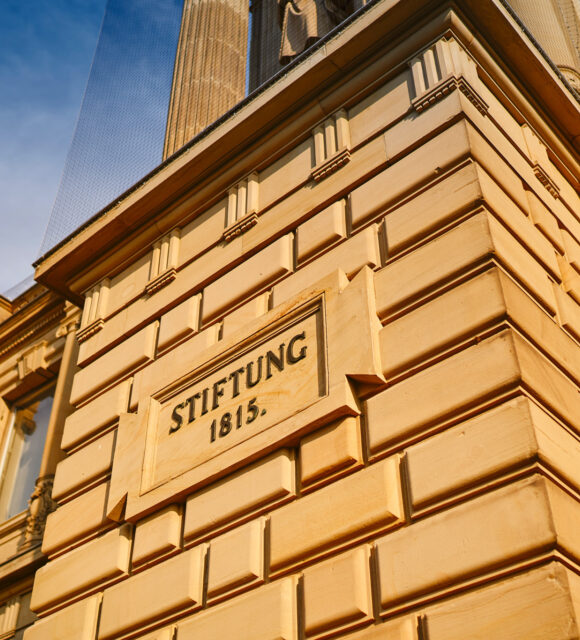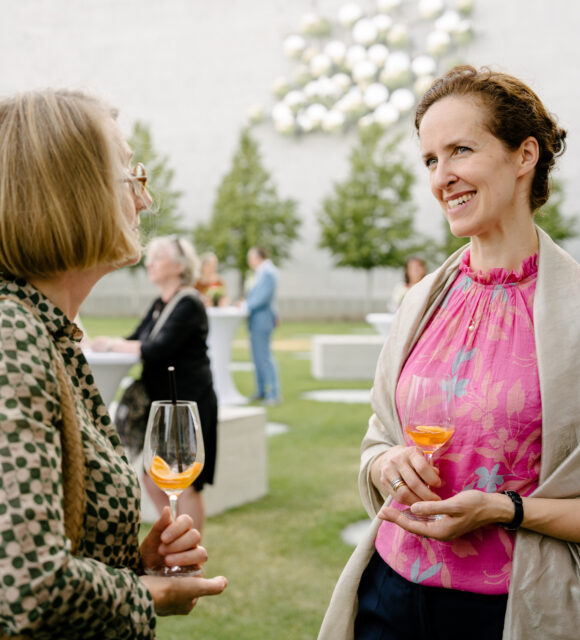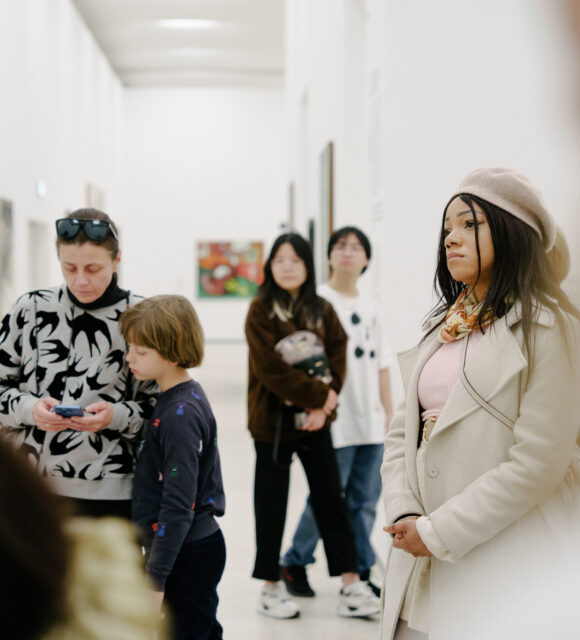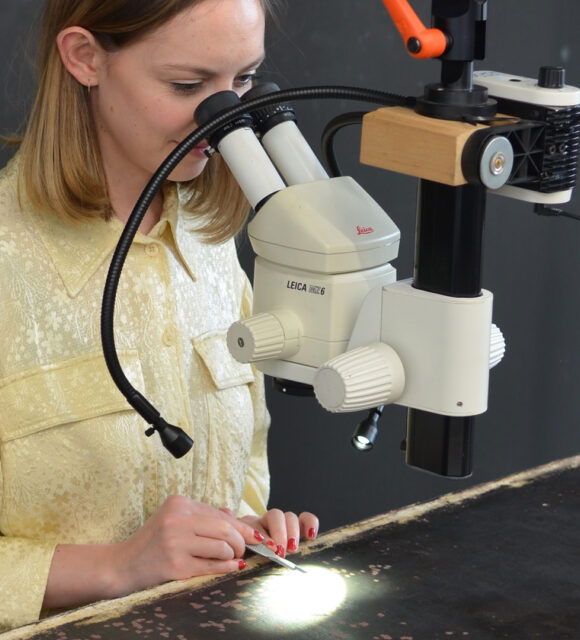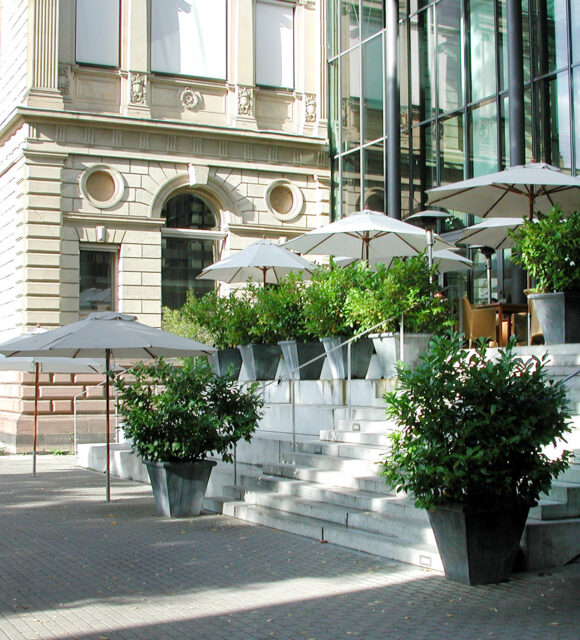
About the Exhibition
In 2023, the Städel Museum received an impressive and representative collection of works by Werner Tübke, one of the most important painters of the German Democratic Republic, from the collection of Barbara and Eduard Beaucamp. Tübke (1929–2004) ranks alongside Bernhard Heisig and Wolfgang Mattheuer as one of the leading representatives of the so-called First Leipzig School and created a body of work in painting and drawing that is autonomous and consistent, dense in both form and content.
Tübke’s watercolours and drawings in graphite, pen and chalk testify to his great creative freedom and independence. They are an essential part of his artistic oeuvre: he used them to collect ideas, explore formal considerations and develop a wide variety of themes. The Städel presented this outstanding donation of forty-six drawings and watercolours by Tübke in an exhibition dedicated to his graphic work and metaphorical visual language.
In his multi-layered compositions, characterized by an imaginative, sometimes almost exuberant fantasy, Werner Tübke reflects on the complexity of the world, with all its existential questions, hardships, and conflicts. In doing so, he demonstrates a keen awareness of human vulnerability, placing the individual at the centre of his art. Angels, unicorns and magicians, harlequins, veiled and bound figures, and repeatedly tortured and masked characters populate his works. In his “world theatre”, time is suspended through the creative appropriation of older art history, and everything is permeated by memories. While his art is characterized by a realistic formal language, the pictorial statements often remain ambiguous. Tübke was less concerned with a concrete reproduction of reality than with “interpreting existence”.
Werner Tübke’s outstanding contribution to post-war German art was recognized and honoured early on by the West German art critic Eduard Beaucamp. He followed the work of the “great anachronistic” artist from the late 1960s onwards, first as an art critic for the Frankfurter Allgemeine Zeitung, then as a friend and collector. The Städel Museum, Germany’s oldest private museum foundation, is supported by private patrons, companies and foundations, as well as the city of Frankfurt and the state of Hesse. Barbara and Eduard Beaucamp have been associated with the Städel for many years through their commitment. In 2010, the museum received Guercino’s “Virgin and Child” (1621–1622) from the Beaucamp Collection as a donation.
Curator
Dr Regina Freyberger (Head of Prints and Drawings after 1800, Städel Museum)
Exhibition Film
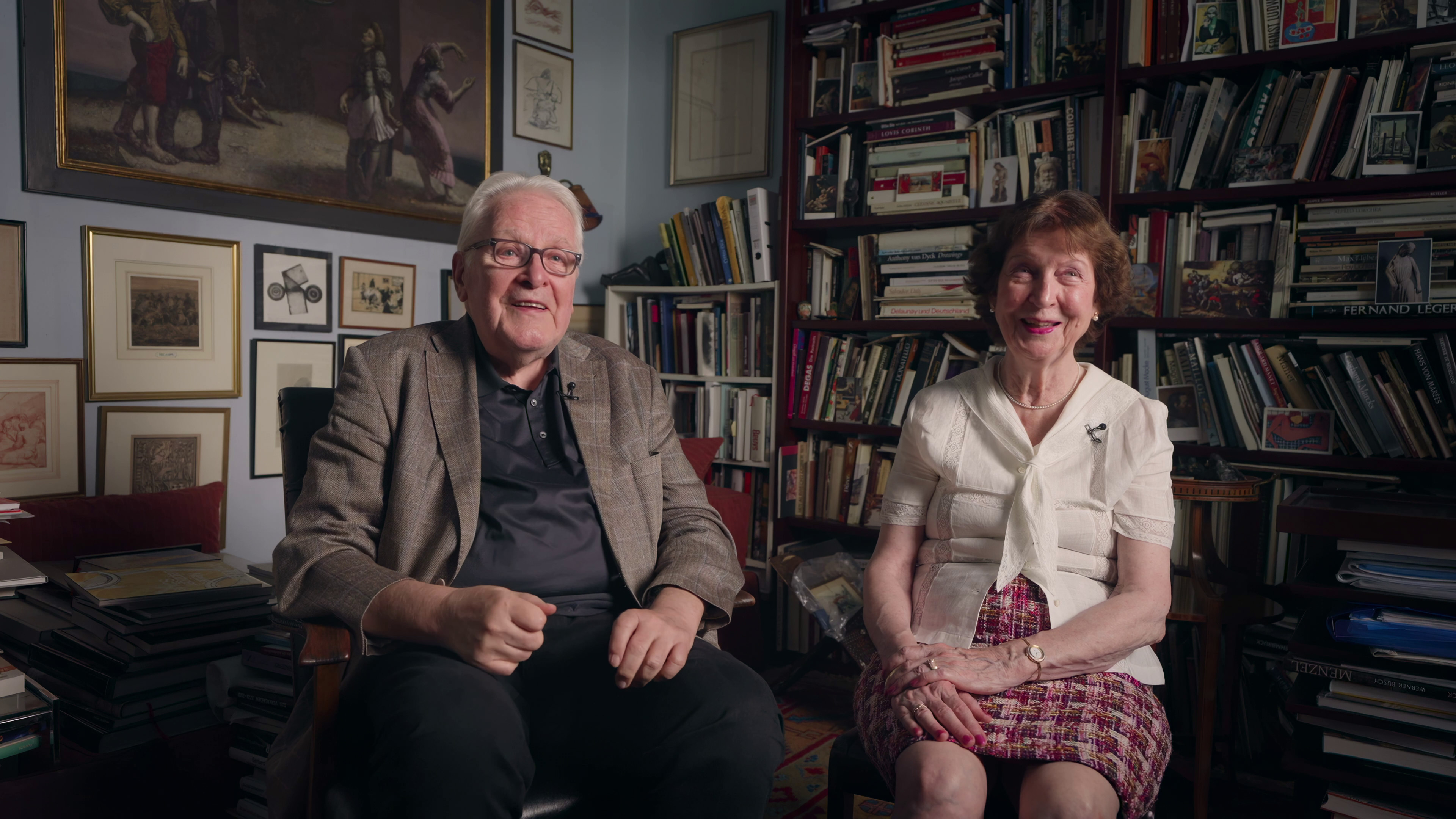
Sponsors & Patrons
Sponsored by
Heinz und Gisela Friederichs Stiftung
With additional support from
Fritz P. Mayer



